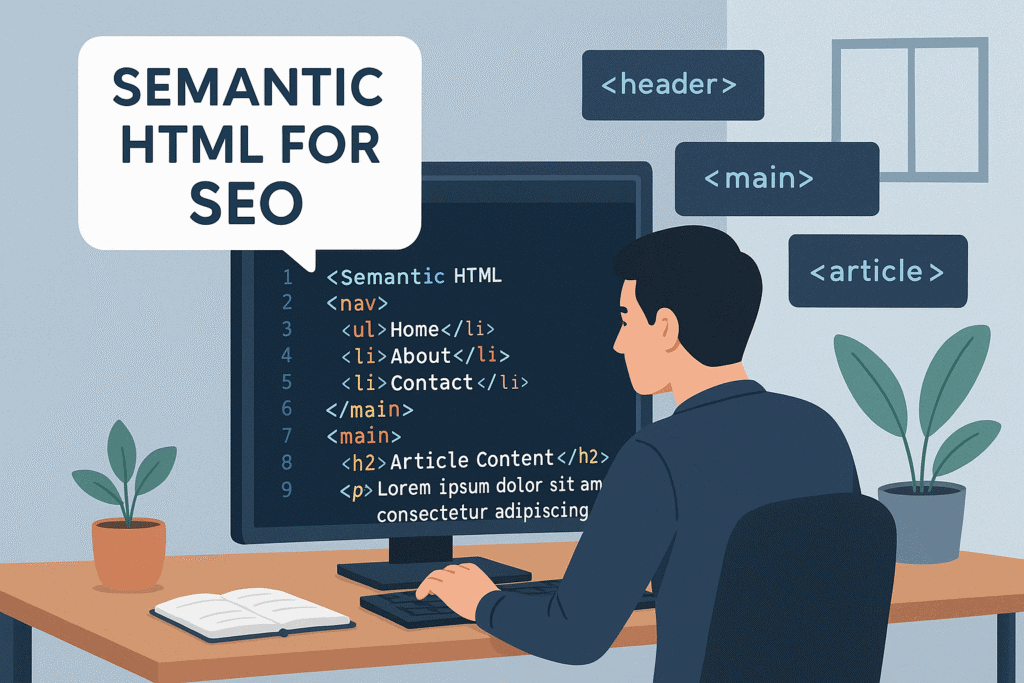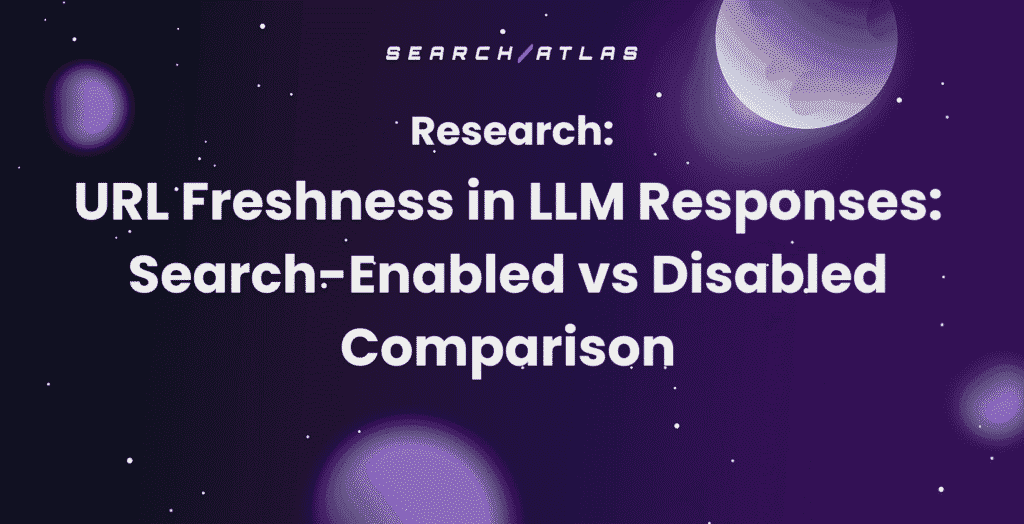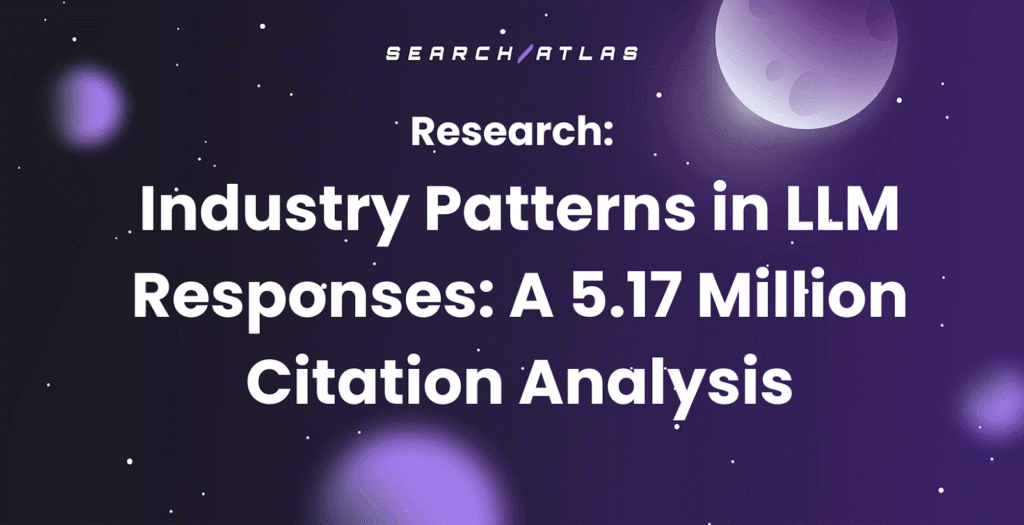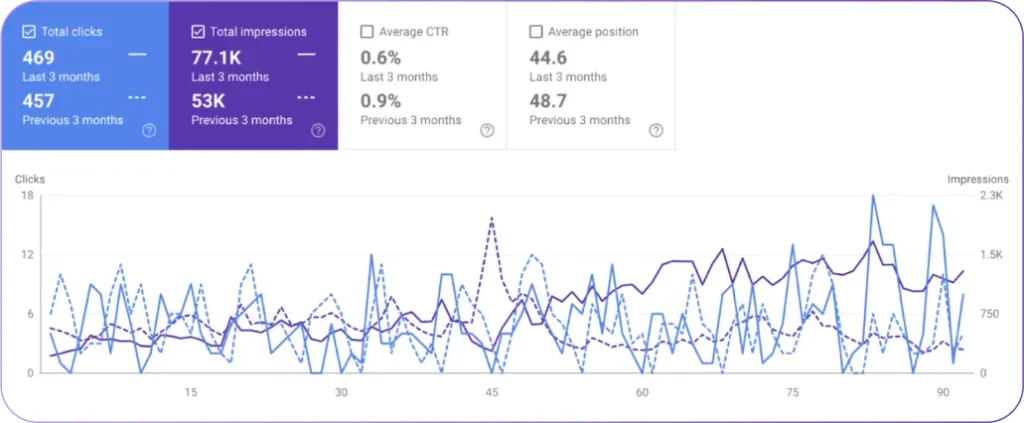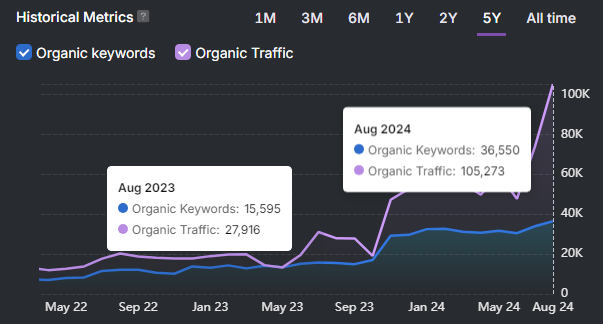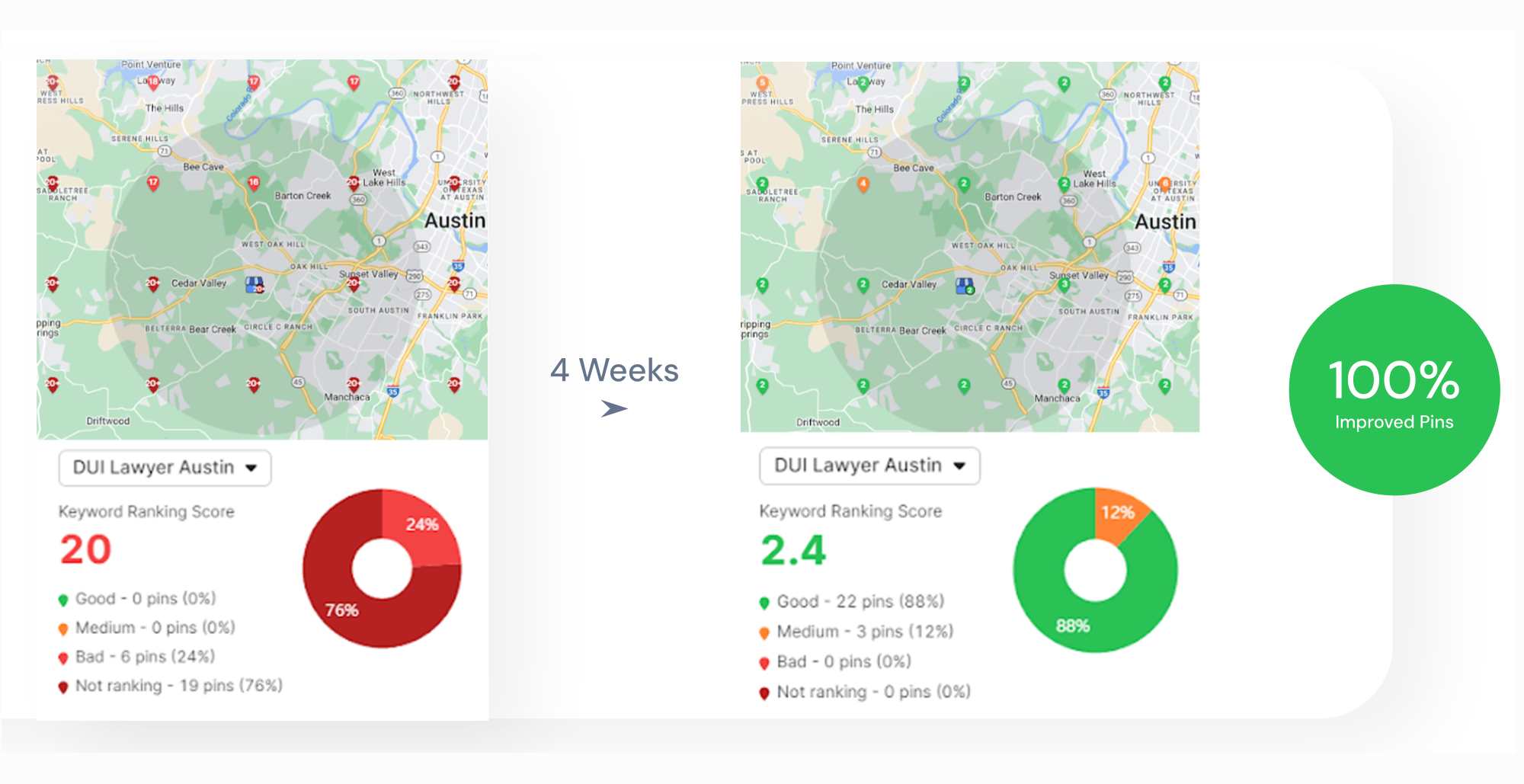OTTO Automation is an AI-driven campaign generation system that creates and optimizes Google Ads campaigns at scale. The system generates keywords, ads, and bidding strategies with speed and precision, which matters in a marketplace where ad engagement and cost control define success.
Advertisers debate whether machine-generated campaigns outperform human-curated or Google-native campaigns. Industry discussions lack transparent, data-backed evaluations that quantify performance in real-world conditions.
This study analyzes thousands of campaigns from the otto_ppc database across multiple advertiser accounts. The scope includes pre- and post-update comparisons of OTTO campaigns against Google-created campaigns, focusing on CTR and CPC.
OTTO campaigns deliver consistently higher click-through rates, while the latest update improves cost efficiency across advertiser accounts.
Methodology – How Did We Test Automation?
This experiment provides clarity on how AI-generated campaigns influence engagement and cost metrics. This experiment highlights the scalability of automated ad strategies across accounts of different sizes and sectors.
The dataset integrates three primary sources. First, OTTO PPC provided weekly campaign-level metrics, including clicks, impressions, CTR, and CPC. Second, Google-created campaigns offered baseline benchmarks for comparison. Third, performance logs from campaign JSON fields supplied detailed ad-level information.
The April 22 Keyword Strategy Update
On April 22, 2025, OTTO rolled out a keyword generation update aimed at improving cost efficiency while maintaining engagement. The data compares the results of manually created Google campaigns with both pre-update OTTO campaigns and post-update OTTO campaigns.
The preprocessing steps are listed below.
- Standardize campaign identifiers and reporting weeks.
- Expand JSON fields into a structured tabular format.
- Filter campaigns with zero clicks or impressions.
- Label each campaign as OTTO-created or Google-created, and as pre-update or post-update.
- Segment campaigns by account size and scope into Small, Medium, and Large clusters using k-means on log-transformed metrics.
The analytical methods are listed below.
- Compute descriptive statistics (mean, median, min, max) for CTR and CPC.
- Compare OTTO and Google campaigns using Wilcoxon Rank-Sum Tests to determine statistical significance.
- Calculate percent differences to interpret performance deltas.
- Assess pre- vs post-update effects within OTTO campaigns.
- Visualize distributions with boxplots, density plots, and bar charts.
- Remove outliers with IQR-based filtering to ensure robust results.
The target variables are five core metrics: CTR, Average CPC, clicks, impressions, and ad group-level engagement. These variables measure both audience interaction and cost efficiency of automated campaigns.
What Is the Final Takeaway?
The analysis demonstrates that OTTO automation drives measurable improvements in paid search performance at scale. The study shows that CTR and CPC both respond to automated campaign generation, confirming that OTTO delivers statistically significant outcomes. CTR produced the largest lift, establishing it as the strongest predictor of campaign engagement, while CPC decreases after the update indicate improved cost efficiency.
Small accounts gain from precise keyword targeting and optimized ad copy. Medium accounts gain from structured bidding strategies and clustered ad groups. Large accounts gain from automated campaign scaling and optimized budget allocation, compounding performance across hundreds or thousands of ads.
The results confirm that account size influences the type of performance gains, but the overall direction remains consistent: CTR rises, cost efficiency improves, clicks and impressions grow, and engagement strengthens. Even modest gains in CPC and CTR show statistical significance, proving that automation drives both reach and quality of traffic.
Advertisers should treat OTTO automation as a baseline for campaign management. Accounts that integrate OTTO into their strategy achieve predictable engagement, improved ad relevance, and measurable growth in paid search performance.
How Do Core Metrics Respond to Automation?
I, Manick Bhan, together with the Search Atlas research team, analyzed performance data extracted from the otto_ppc PostgreSQL database, which contains Google Ads account records across thousands of advertiser accounts. The breakdown to show how automation impacts CTR and CPC across different campaign types is outlined below.
Click-Through Rate (CTR)
OTTO-generated campaigns consistently achieved higher CTRs than Google-created campaigns, signaling stronger audience engagement. Before the April 22, 2025 keyword strategy update, OTTO campaigns outperformed Google campaigns by 17.86%, while post-update, they maintained a 10.46% advantage.
Wilcoxon rank-sum tests confirmed these differences were statistically significant, showing that automation reliably improves the likelihood that impressions convert into clicks. The stable and wider CTR distribution across OTTO campaigns suggests that automated ad creation consistently produces relevant and engaging content.
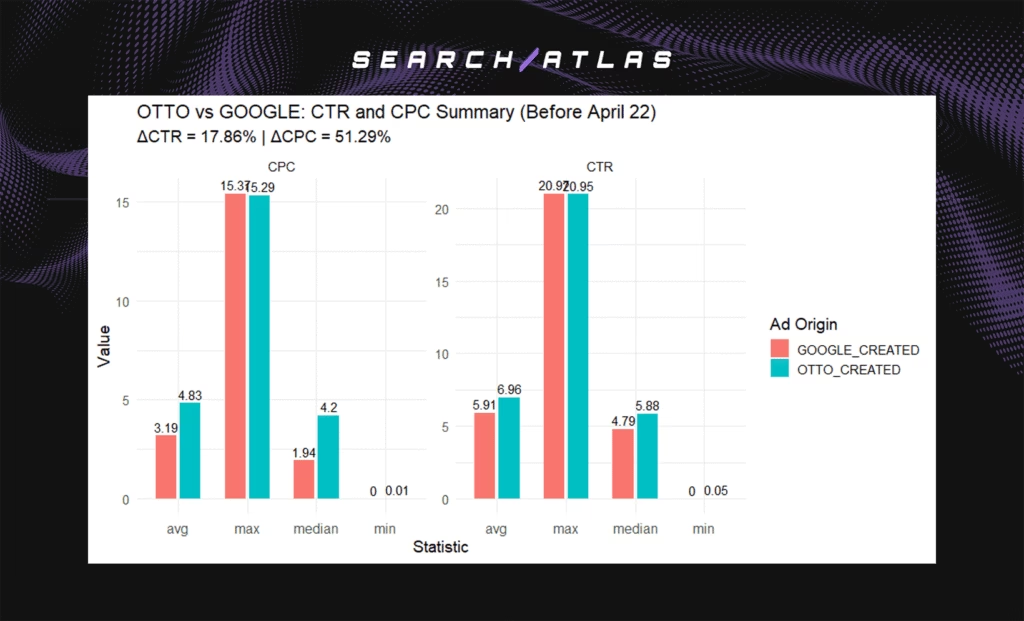
Average Cost-Per-Click (CPC)
While OTTO campaigns initially incurred higher CPCs than Google campaigns, this gap decreased following the April 22 update, reflecting improved cost efficiency. Pre-update, OTTO campaigns spent 51.29% more per click, which narrowed to 25.23% after the update.

Comparisons within OTTO campaigns before and after the update showed a 9.04% CPC reduction, indicating that automation can optimize bidding strategies over time. The results demonstrate that higher CPCs do not necessarily compromise efficiency when paired with stronger engagement metrics.
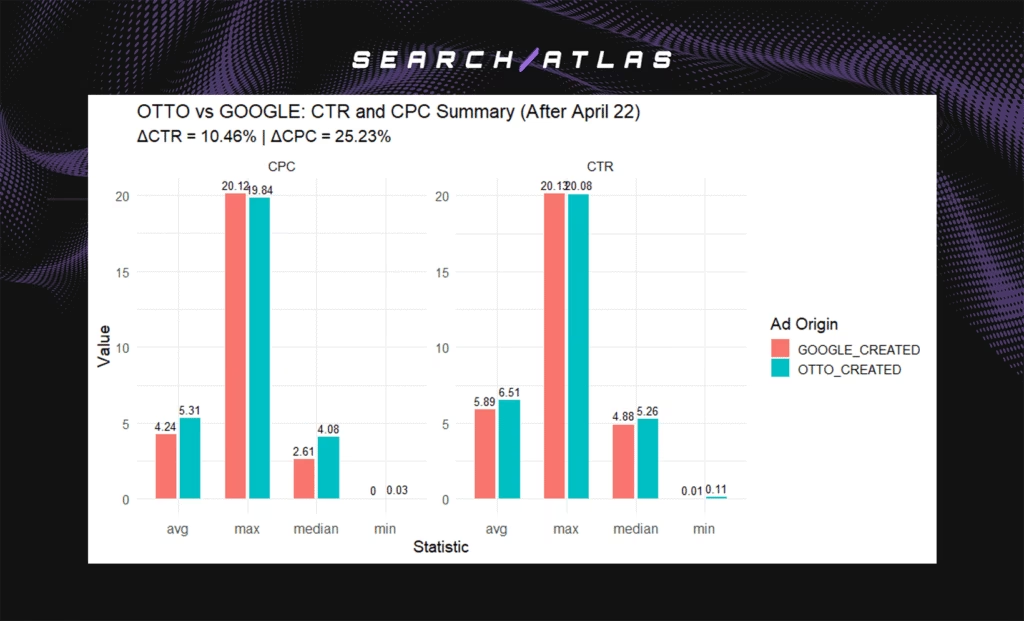
The April 22 keyword strategy update reshaped performance dynamics across all metrics. CTR differences narrowed slightly but remained positive, and CPC decreased, highlighting gains in efficiency.
Direct comparisons of OTTO campaigns before and after the update revealed a minor CTR decline of 5.74%, paired with a notable CPC reduction of 9.04%. These shifts indicate that automated campaign updates balance cost and engagement, delivering optimized outcomes without major performance penalties.
Distribution and Stability
Analysis of CTR and CPC distributions shows that OTTO campaigns exhibit both wider and more stable ranges of engagement compared to Google-created campaigns. This consistency suggests that automated campaigns reduce variance in performance outcomes, providing advertisers with reliable improvements in visibility and interaction.
Higher CTR emerges as the dominant performance driver, emphasizing that audience engagement and ad relevance determine campaign success more than raw cost metrics.
Which Metrics Best Predict Outcomes?
The 2 core metrics analyzed are Click-Through Rate (CTR) and Average Cost-Per-Click (CPC). They capture both user engagement and cost efficiency, revealing how OTTO automation affects ad performance across campaigns, ad groups, and individual ads.
The headline results are shown below.
- CTR increased +17.86% pre-update and +10.46% post-update compared to Google campaigns
- Average CPC decreased –9.04% post-update, though it remained higher than Google benchmarks
Each metric contributes differently. CTR directly reflects audience engagement and ad relevance, linking impressions to actual clicks. CPC measures the cost of capturing that engagement and highlights efficiency trade-offs.
CTR emerges as the strongest predictor of campaign success. Higher CTR consistently aligns with superior ad performance, regardless of account size. The gains are particularly pronounced in OTTO campaigns leveraging structured keyword strategies and automated optimization, demonstrating that engagement—not just cost—drives measurable value.
What Should SEO Teams Do with These Findings?
SEO and paid media teams should prioritize automated campaign creation to maximize ad relevance and click volume. Higher CTR directly correlates with improved ad placement and Quality Scores, providing a measurable lift in campaign effectiveness.
Teams should expect higher Average Cost-Per-Click (CPC) from OTTO campaigns due to more aggressive bidding strategies. Strategic budget allocation must account for this trade-off between cost efficiency and traffic quality. Higher CPCs align with acquiring more qualified traffic, which supports long-term customer value and conversion potential.
The April 22 keyword strategy update improved cost-efficiency while maintaining engagement levels. Teams should monitor post-update campaigns to validate performance shifts and adjust targeting, bidding, and creative assets accordingly. Tracking CTR alongside CPC provides actionable insights into campaign optimization and ensures sustained improvements.
OTTO automation proves especially valuable in high-volume accounts. Teams managing multiple campaigns should standardize automated generation while maintaining oversight for vertical-specific performance patterns. Segmented analysis by campaign type or industry allows for targeted interventions without compromising overall automation benefits.
What Could be the Limitations of the Study?
The limitations of this analysis are listed below.
- No direct conversion data was analyzed, so CTR improvements do not guarantee downstream purchases or revenue.
- The study did not control for vertical or industry, meaning certain sectors may naturally show different CTR or CPC patterns.
- Campaign goals were not standardized; some campaigns focused on branding while others prioritized conversions, affecting metric interpretation.
- Google-created campaigns may include proprietary algorithmic adjustments that are not visible in the dataset, influencing comparisons.
Despite these limits, OTTO-generated campaigns deliver measurable lifts in CTR and demonstrate stronger engagement. Automation provides a scalable foundation for performance improvements while remaining subject to strategic oversight.



